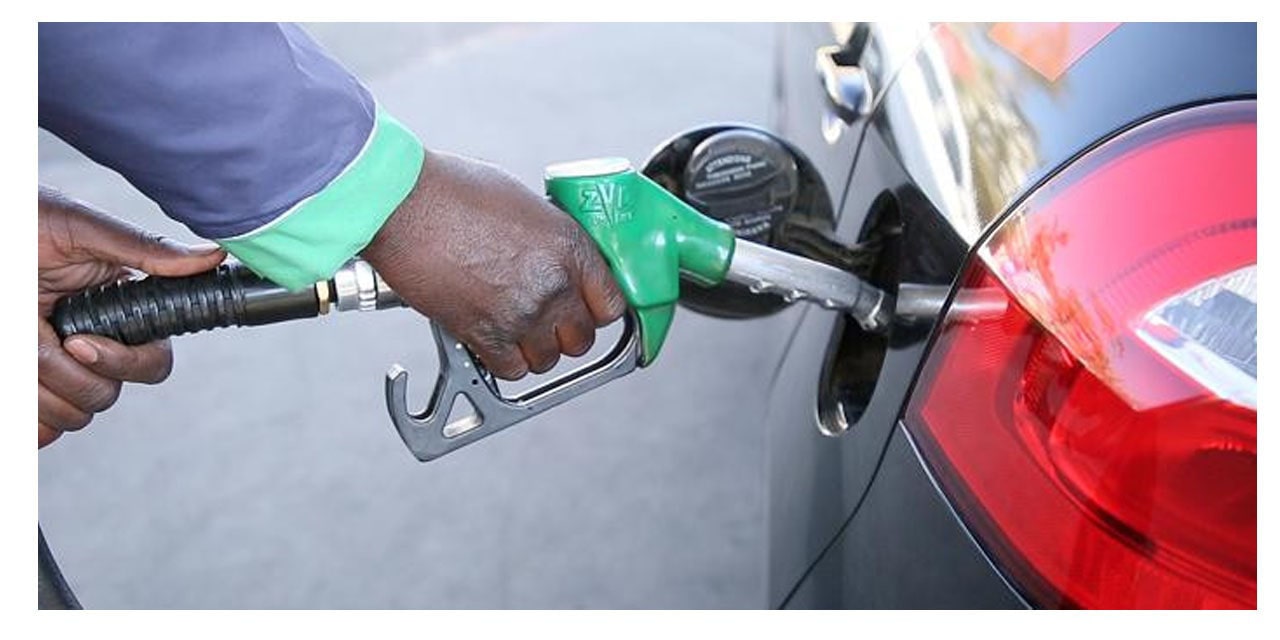Namibia’s diamond production decreased by 4% to 600 000 carats in the fourth quarter of 2023, due to marginally lower grades at the land operations, the De Beers Group announced.
Overall, De Beers rough diamond production decreased by 3% to 7.9 million carats, primarily due to the planned reduction in South Africa as Venetia transitions to underground operations, partly offset by higher production from Botswana.
In Botswana, production increased by 6% to 6.1 million carats, principally driven by increased plant throughput at Orapa due to planned lower maintenance.
In South Africa, production decreased by 54% to 0.4 million carats, due to the planned end of Venetia’s open pit operations in December 2022. Venetia will continue to process lower grade surface stockpiles as the underground operations ramp-up production over the next few years.
Production in Canada decreased by 3% to 0.8 million carats, due to planned treatment of lower grade ore.
De Beers said it offered full flexibility for rough diamond allocations in Sights 9 and 10, as Sightholders continued to take a cautious approach to their purchasing during the quarter as a result of the prevailing market conditions and extended cutting and polishing factory closures in India; this followed a two-month voluntary import moratorium on rough diamonds into India during the period.
The company expects production for 2024 to be up to 32 million carats. However, De Beers will assess options to reduce production in response to prevailing market conditions.
In Namibia, De Beers recovers diamonds from Namibia’s northern and southern coastal regions. The deposits along the country’s coast and river beds are rich in diamonds.
The company also conducts marine-based diamond recovery around 90m to 150m below sea level in the Atlantic Ocean off the Namibian coast. It operates a fleet of seven vessels, capable of exploring for and retrieving diamond-bearing materials from the seabed and processing them to a diamond-rich concentrate.




